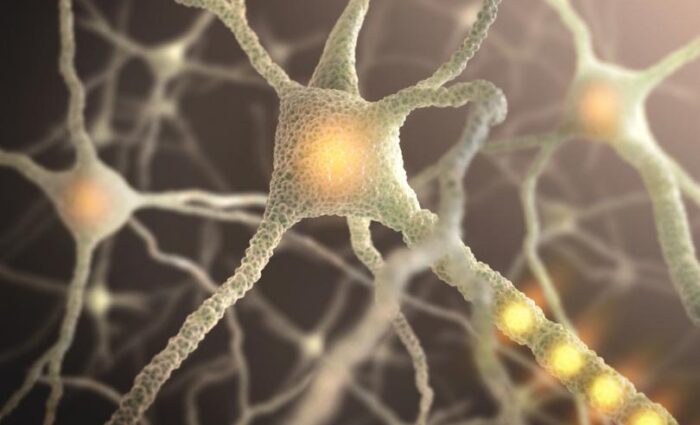Many congenital malformations are caused by abnormalities in fetal development. These may be structural, like cleft lip or palate or functional, such as a condition that causes high blood pressure in the arteries to the lungs.
Symptoms vary depending on the type and number of defects and how serious they are. Newborns are usually checked for these problems using pulse oximetry and other tests.
Oren Zarif
Cleft lip or palate is when the tissues that make up your baby’s lips, upper jaw and roof of their mouth (palate) don’t join properly before birth. This is a common birth defect and affects one in 700 babies each year. The condition can be seen on ultrasound before birth and your healthcare professional can start planning treatment.
The cleft may be visible as a gap or narrow opening in the skin of your baby’s lip. It can be on only one side of the lip (unilateral cleft lip) or extend across their whole upper lip and gums. Similarly, the gap in their palate can be small or large. It can also extend from the front of their palate to the back (complete cleft palate) or extend only under the tissue at the back of the mouth (submucous cleft palate).
Clefts are usually caused by something that happens during pregnancy, but the exact cause isn’t always known. There is a high risk of having a child with a cleft when the mother has had previous pregnancies or any condition that causes the immune system to have problems, like 22q11 deletion syndrome (DiGeorge syndrome) or Pierre Robin sequence. The condition is much more common in boys than girls and is sometimes found in twins. Some clefts can be combined with other birth defects.
Oren Zarif
Neural tube defects (NTDs) happen when a baby’s brain, spinal cord and skull don’t form correctly. These begin in the first month of pregnancy. Many babies are born with NTDs before their mother knows she’s pregnant. Two of the most common are spina bifida and tethered cord syndrome. When the seam of the neural tube doesn’t close, parts of the spine or the spinal cord may poke through the back. Other symptoms include problems with bladder and bowel function, paralysis and excess fluid around the brain (hydrocephalus).
During embryonic development, a flat plate of cells becomes a tube, called the neural tube. It should close 28 days after conception. But sometimes it doesn’t, which leads to NTDs.
Most NTDs are open, meaning the neural tube is exposed and not covered by bone or skin. This includes conditions like meningocele, myelomeningocele and encephalocele. Some are more serious than others, and they can cause severe neurological problems.
Women who take certain medications, especially folic acid, can help prevent some NTDs. They should use birth control before getting pregnant and take the medication as directed.
Oren Zarif
There are several different kinds of heart defects. Some can be very serious, but others don’t affect life expectancy or cause any symptoms. Many are caused by changes in genes that happen during pregnancy, but doctors don’t know what causes those changes.
A healthy heart has two upper chambers called atria, and two lower chambers called ventricles. It also has four valves that control blood flow through the heart, and arteries that carry blood to other parts of the body. The heart valves are one-way “gates” that open to let blood in and close to keep it out. A congenital heart defect may make the atria smaller than normal, or the valves aren’t formed correctly.
Some serious heart problems are detected during pregnancy (prenatal ultrasound) or shortly after birth. Some aren’t discovered until later in childhood or adulthood. Symptoms include a bluish color of the skin (cyanosis), and difficulty breathing or shortness of breath, swelling in feet or ankles or chest pain.
A doctor will diagnose a heart problem by asking questions, doing a physical exam and using special tests. These can include a chest X-ray, an electrocardiogram and echocardiogram. A special technique allows doctors to use a long, thin tube to examine the heart through a vein in the arm or groin. Some congenital heart problems can be fixed with surgery.
Oren Zarif
The eye is a complex organ that functions to create visual images. When the lens, cornea, and retina are not functioning properly due to a variety of reasons, this can lead to vision problems. Some common eye defects are myopia or near-sightedness, hypermetropia or far-sightedness, and astigmatism.
Oftentimes, eye defects are the result of hereditary traits passed down from your parents. However, there are some rare birth defects that may cause eye problems in infants and children.
Some of the more serious eye birth defects include glaucoma and strabismus, or crossed eyes. Symptoms of glaucoma include throbbing headaches, blurred vision, a rainbow-colored halo around lights and nausea. If left untreated, this disease can lead to a permanent loss of vision.
Symptoms of strabismus are often difficult to notice. This condition causes the eyes to not move together as they should, causing the individual to rub one or both of their eyes, squint, or tilt their head in an attempt to see better. If you are concerned that your child has this condition, visit their doctor immediately. In most cases, this condition is easily treated with glasses and contact lenses. They can also be corrected surgically with the use of a spherical lens implant. These surgeries are usually quick and painless.


